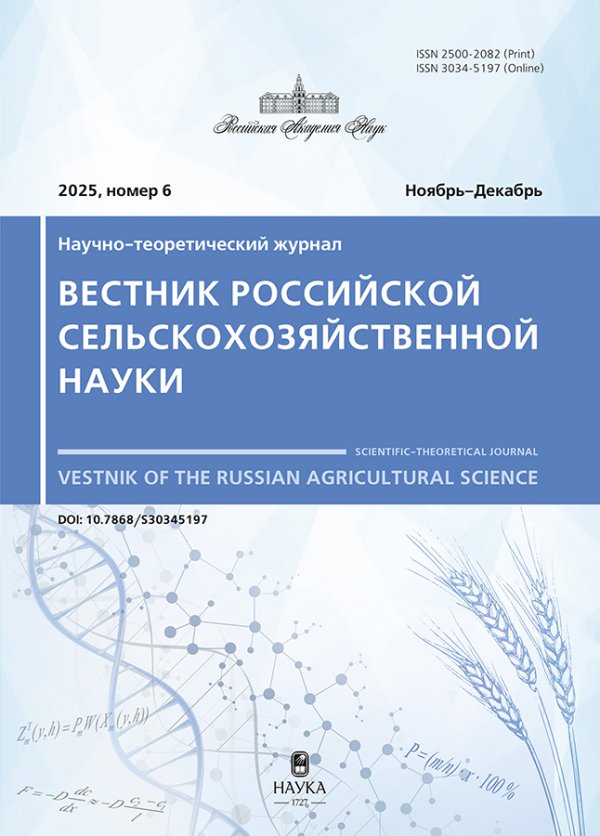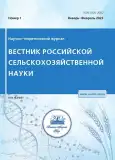Яблоня - самая распространенная в мире плодовая культура, в ее плодах содержатся питательные (сахара) и биологически активные вещества (аскорбиновая кислота, фенольные соединения и другие), оказывающие благотворное влияние на организм человека. Одно из приоритетных направлений при создании новых сортов яблони - улучшение химического состава плодов. Такую работу проводят во ВНИИСПК, используя метод повторных и географически отдаленных скрещиваний. В институте создан ряд сортов, превосходящих ранее широко известные сорта по содержанию в плодах питательных и биологически активных веществ. Представлена сравнительная оценка новых сортов селекции ВНИИСПК со старыми распространенными в средней полосе РФ по содержанию сахаров, аскорбиновой кислоты и фенольных соединений. Выделены лучшие образцы по каждому изучаемому показателю: содержание сахаров (%) - Ивановское (11,8), Масловское (10,8), Олимпийское (10,9), Орлик (10,8), Осиповское (12,2), Пепин орловский (10,8), Старт (10,9), Тургеневское (11,4), Яблочный Спас (10,6); аскорбиновой кислоты (мг/100 г) - Ивановское (19,5), Куликовское (15,3), Масловское (14,6), Низкорослое (18,0), Олимпийское (15,4), Свежесть (12,5), Синап орловский (13,4), Старт (11,0), Юбиляр (11,3); фенольных соединений (мг/100 г) - Августа (451), Болотовское (477), Желанное (384), Кандиль орловский (553), Памяти Хитрово (480), Память Семакину (474), Радость Надежды (474), Юбиляр (362), Яблочный Спас (369). Установлено, что новые сорта яблони селекции ВНИИСПК не уступают, а по некоторым показателям (сахара, фенольные вещества) превосходят ранее широко распространенные сорта.
 4-9
4-9


 9-16
9-16


 16-19
16-19


 20-25
20-25


 26-29
26-29


 30-33
30-33


 34-38
34-38


 39-43
39-43


 44-47
44-47


 48-52
48-52


 53-57
53-57


 58-63
58-63


 63-67
63-67


 68-72
68-72


 73-76
73-76


 77-80
77-80












